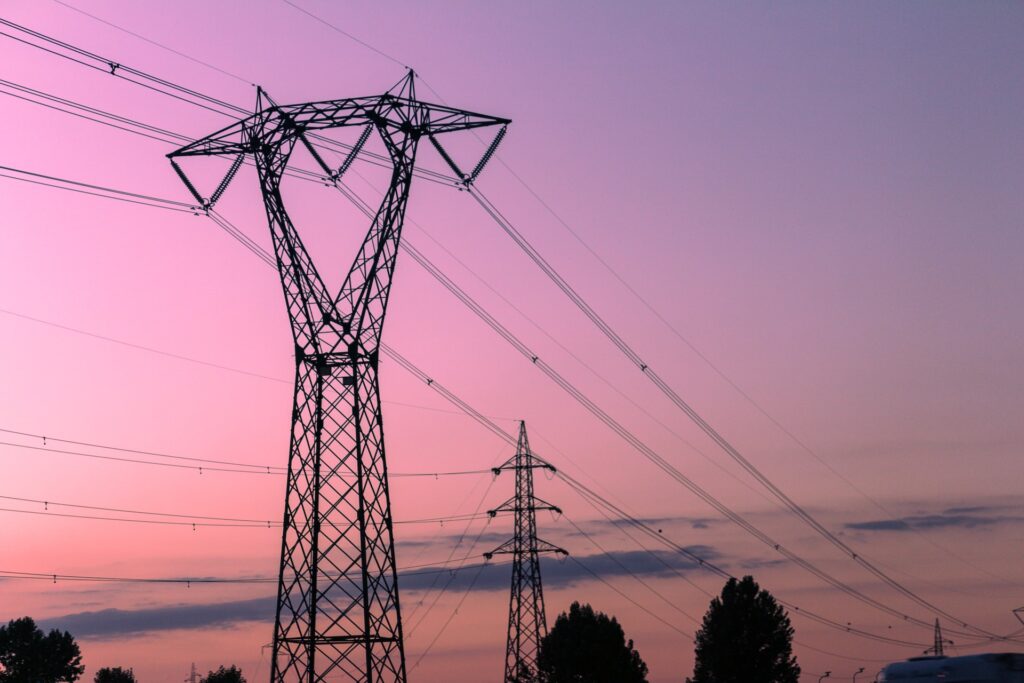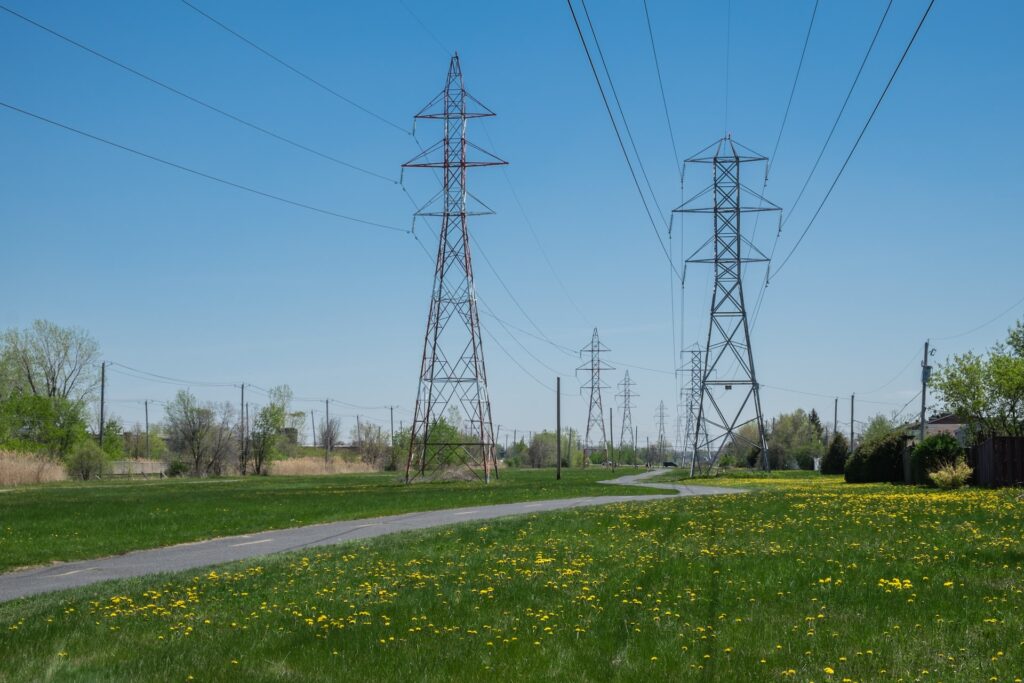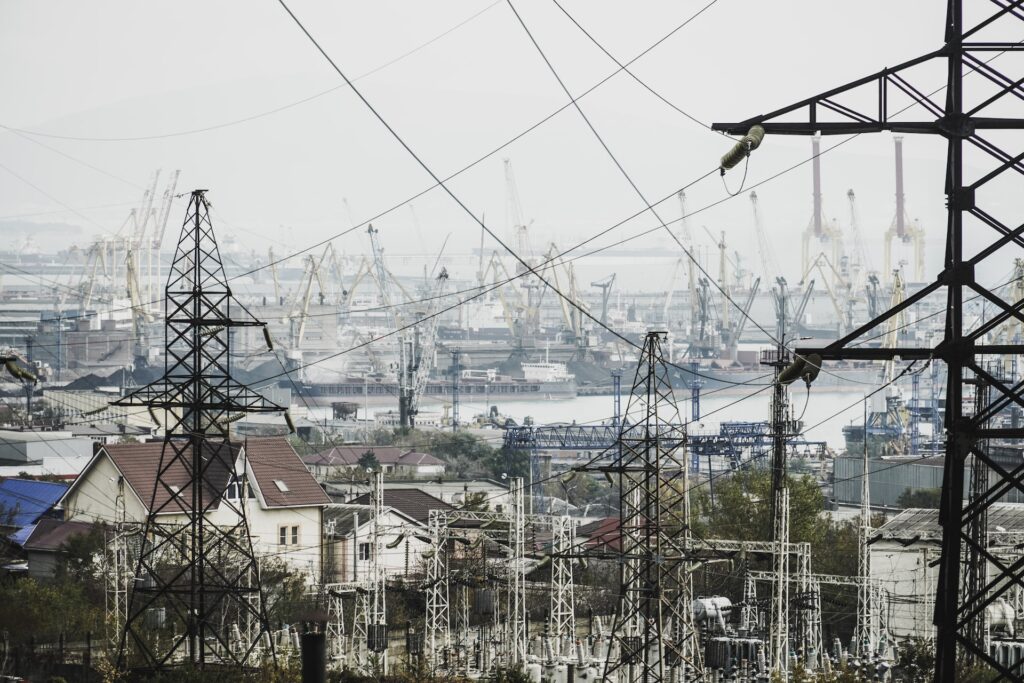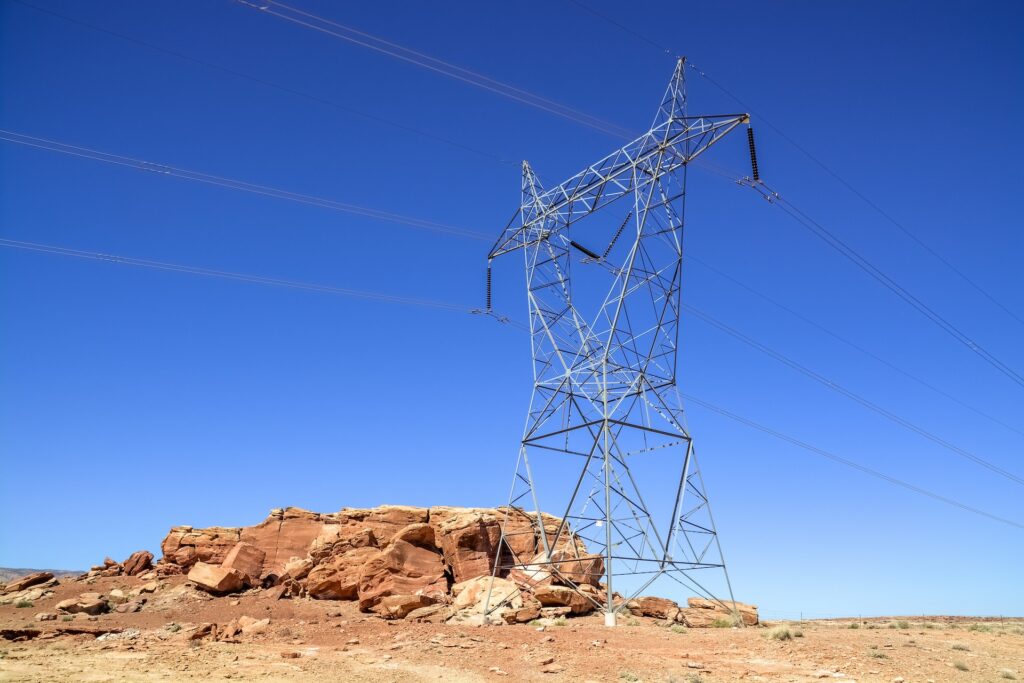Do you ever feel annoyed by the unsafe electrical environment? Do you want to change this situation and learn how to protect yourself?
Table of Contents
- How to cope with Mold or black spots on the walls?
- Why do damping signs appear in a home?
- How does humidity affect the electrical installation?
- Tips to avoid or solve humidity
How to cope with Mold or black spots on the walls?

They are the visible symptoms of a damp problem in a home, but they indicate that there are others behind it. The electrical installation can be affected, and this is something that must be avoided at all costs.
Water is one of the best conductors of electricity and that is why humidity in a home can end up affecting the electrical installation, whether it is a single plug or all the wiring. We must try to solve the problem as soon as possible, especially in the face of the winter and cold months.
The optimal recommended level of ambient humidity in a home is between 40 or 50% , and a higher level will help damp or mold problems appear, most of which are caused by condensation. The solution is to prevent the humidity from becoming stagnant, and some basic tips for this are to install electric dehumidifiers or ventilate the house for ten minutes a day .
Moisture also means higher power consumption. The more humidity, the more difficult it is to heat or cool a home, and therefore more air conditioning in summer to reduce the sensation of suffocation or more heating in winter.
Why do damping signs appear in a home?

There are several types of humidity, which can lead to some damage or others.
Humidity due to external filtration, mainly in the rainy months, is caused by deficiencies in the insulation of the house: if it is poorly waterproofed or if the walls are very deteriorated. In this case, the water makes its way between the construction materials and appears in the form of leaks, black spots or mold. It is the most dangerous type of moisture because it is imperceptible until it is too late.
Condensation humidity is what is created when there is an excess of humidity in the environment. When moisture-laden air comes into contact with cold surfaces like windows or walls, the vapor in the air condenses and turns into water. The consequence is mist, which we are used to seeing in the cold months of the year. It can also lead to stains on walls and paint damage, odor, mold or even household fabrics appearing wet. In houses with this problem, the increase in electricity consumption is more noticeable thanks to heating or dehumidifiers.
There is also humidity due to capillarity, which depends on the land on which the house has been built or its material. Capillarity occurs when water enters through the subsoil and rises, until it reaches walls and walls, causing serious damage to the structure. It occurs, for example, in old or poorly insulated houses, built with permeable or porous materials in very humid areas. The consequences are the appearance of mold on the floor and the walls are continually wet.
How does humidity affect the electrical installation?

One of the pillars of the structure or internal part of a home is the electrical installation. When water makes an appearance among construction materials, whether due to a broken pipe, external flooding, or any other damp problem, the damage caused can lead to significant problems in the short or long term.
As we have pointed out, water is a good conductor of electricity, and if it reaches the wiring it can cause short circuits, faults in the electrical connections that can damage electrical devices and even fires. The damage may even require the replacement of the entire electrical connection, assuming a large financial outlay.
In addition, humidity rots and cracks paint and wood, oxidizes metals, damages internal appliances and generates fungi or bacteria that settle in the environment and can cause allergies or respiratory problems.
Tips to avoid or solve humidity
To avoid humidity, there are simple tips that can be carried out daily:
- Excess humidity can be avoided by ventilating the rooms of the house well so that the air circulates and is renewed. Important in the bathroom, after the shower.
- When cooking, it is recommended to always turn on the smoke extractor.
- In the bathroom, especially if it does not have good ventilation, it is very useful to have a dehumidifying device.
- Avoid drying clothes inside the house. Clothes that have just come out of the washing machine are loaded with moisture that will go directly into the environment. If you have to do it, let it be in a room with a dehumidifier and where there are no plants.
- A dryer is a profitable investment in the long term, and more so in areas with long and rainy winters.
If the humidity problem already exists, several things must be taken into account:
The first thing when discovering humidity at home is not to plug in electrical appliances or extension cords in the affected areas. Thus, we avoid short circuits and damaging electrical appliances while looking for the root of the problem and evaluating the impact. If there is serious electrical damage, the power supply must be interrupted.
The best thing to do is ask for professional help to see where the problem is coming from, what the humidity is due to, and how it has already affected the structure. Delimiting the root problem is essential so that it does not happen again.
What you should know about the safety rules on overhead line transmission and distribution:
- Nobody should climb any tower carrying live overhead conductors.
- Cows or other domestic animals should not be tied with any tower legs and stay wires.
- Nobody should be allowed to throw any metallic strip, metallic wire, ropes and green twinges to the live over head lines.
- If any conductor is snapped or dangling from the tower, should not be touched without proper shutdown and temporary earthing arrangement. In this case nobody should be allowed to come closer to the snapped or hanged conductor until the entire circuit is isolated and earthed from both ends substations. In additions to that the snapped conductors should also be locally temporarily earthed with proper earthing rod before touching it for repairing work.
- If we see any sparking on the live conducting parts of over head system, we should immediately inform to the concerned authority.
- We should not put any temporary or permanent bands or embankments under the live over head line which is causes reduction in ground clearance of the Overhead line.
- We should not carry any long metallic poles, bamboos, pipes etc below the live conductors. Farming just below the over head electrical lines are allowed but cultivation of sugar canes like plants h be avoided if those grow above 5 meters height.
- Over loaded bullock carts, tractors trail or similar kind of vehicle with height more than 5 meters from ground level should not cross any live over head lines.
- Any building either temporary or permanent should not be constructed below the over head line. Not only below the over head lines, the building should also be constructed well away from the line by following standard electrical clearance rules of the country.
- We should not touch any over head tower body during rain.
- We should keep sufficient safe distance from the over head line during stormy weather. During storm, any line conductor or tower may accidentally fall on us.
